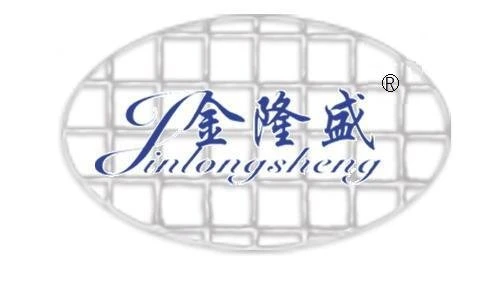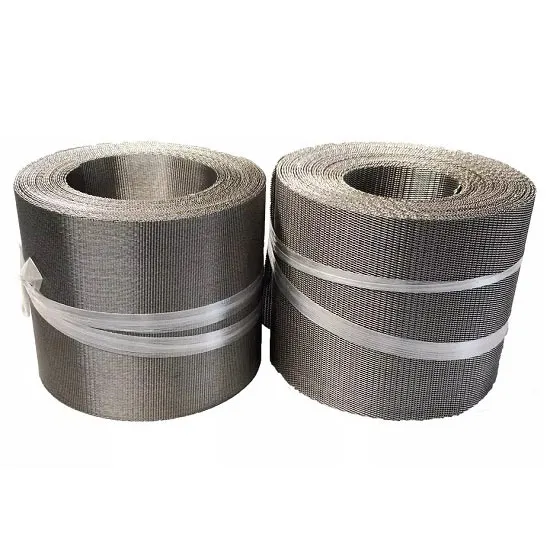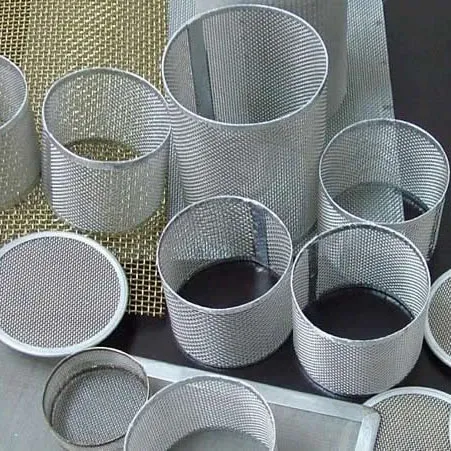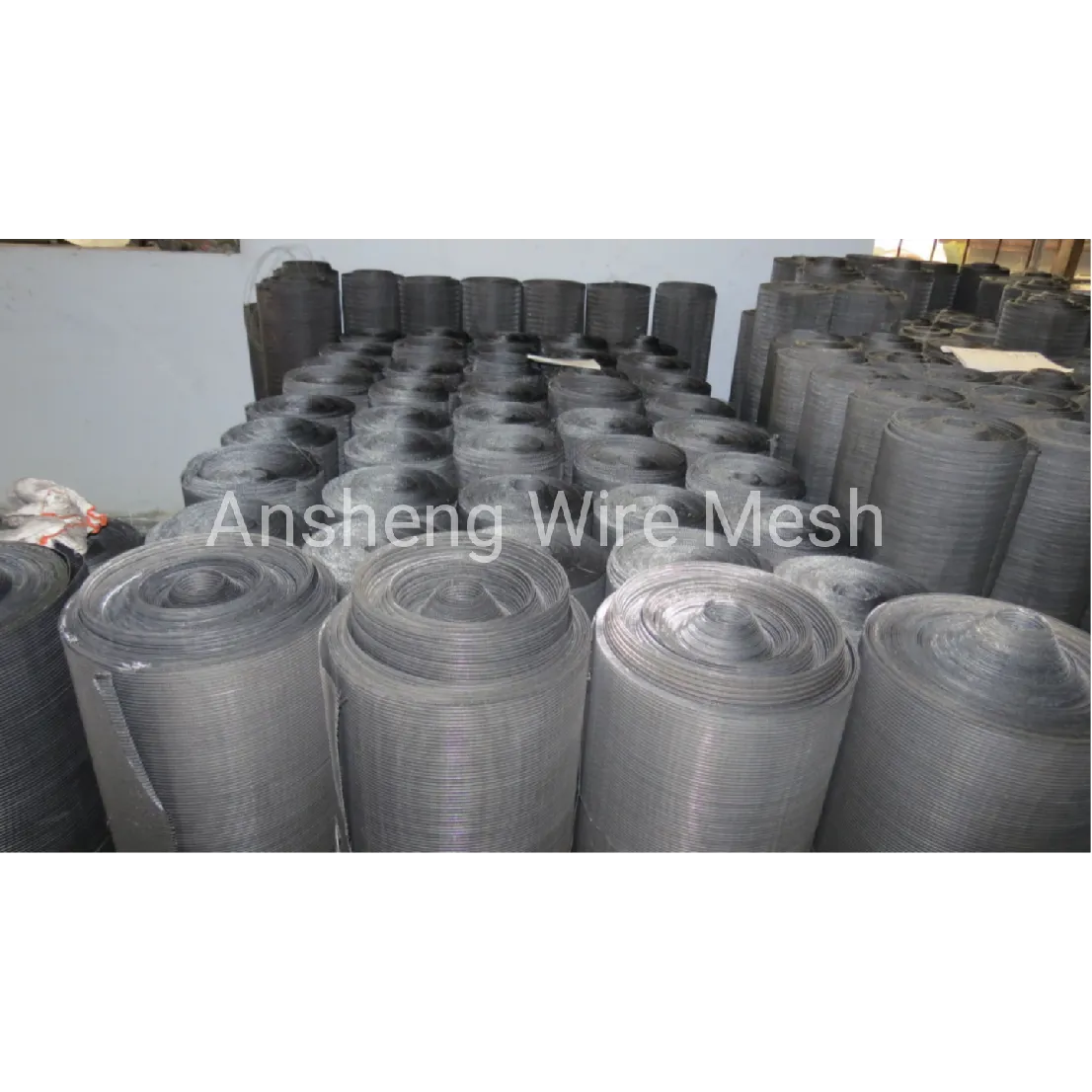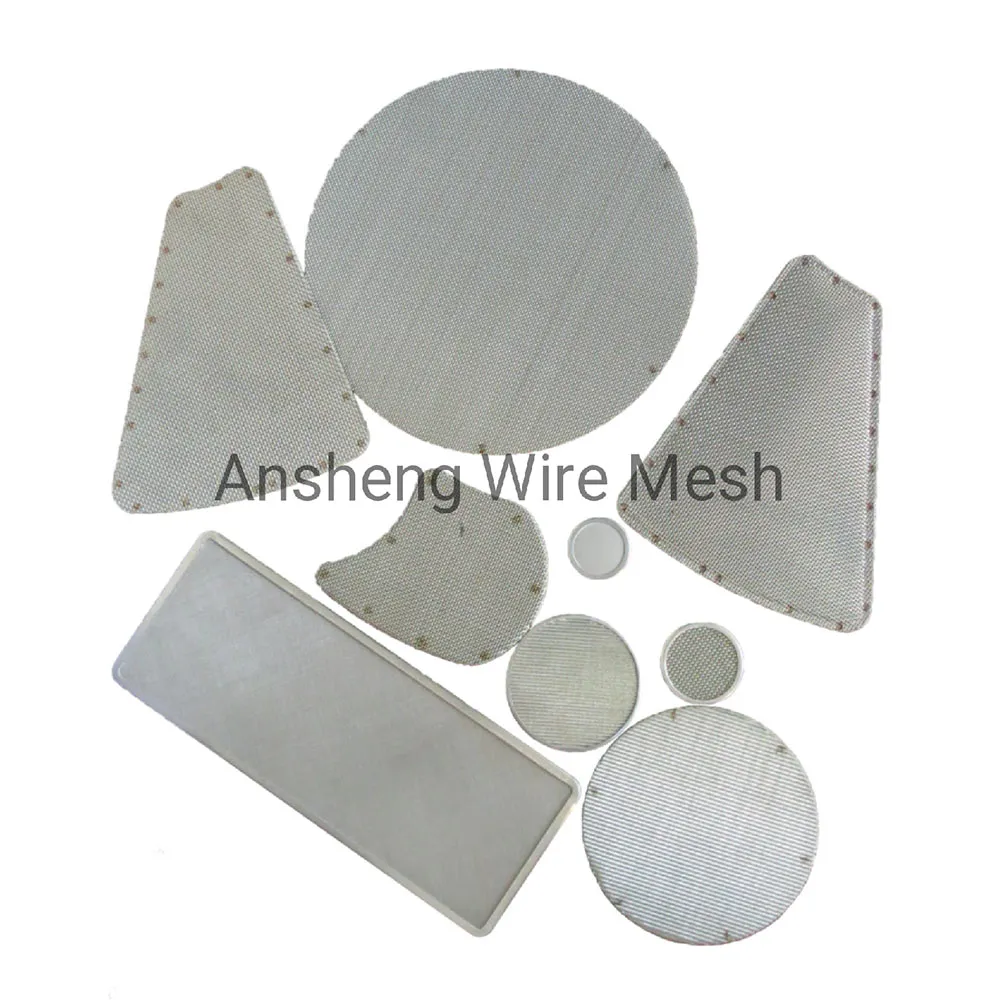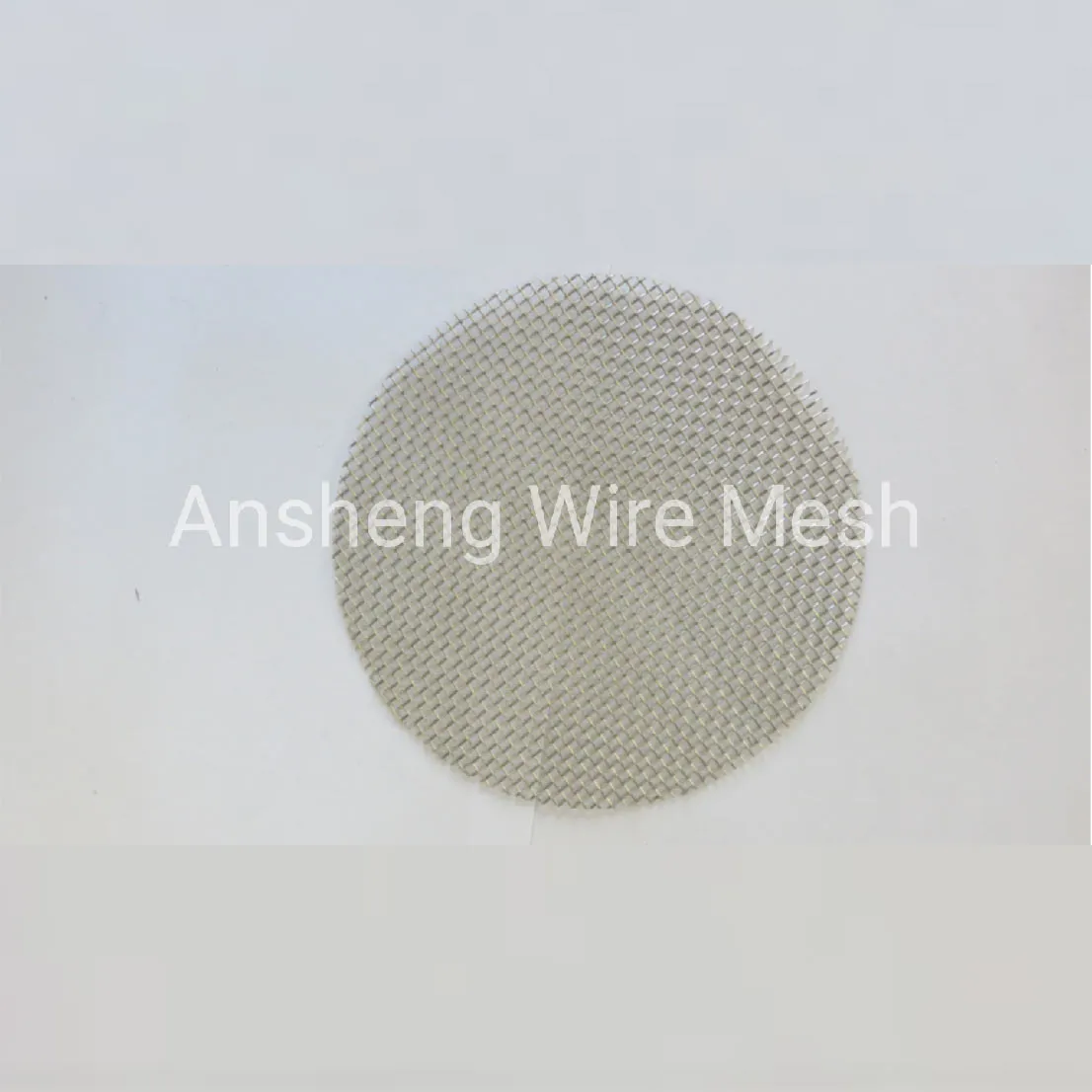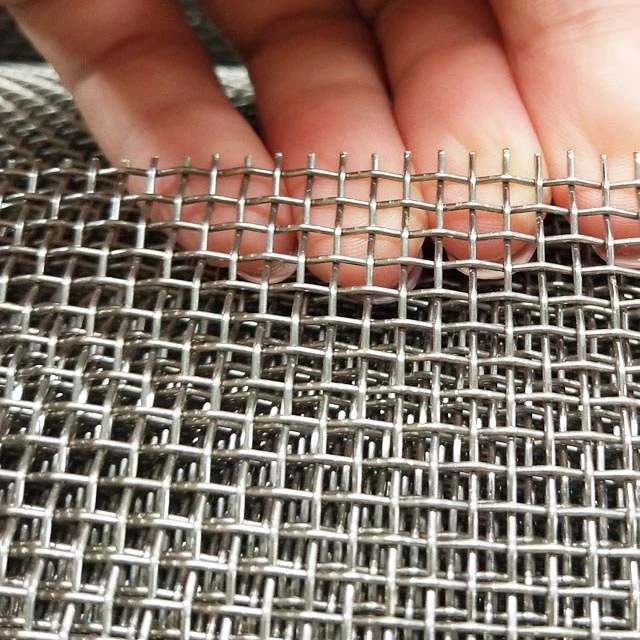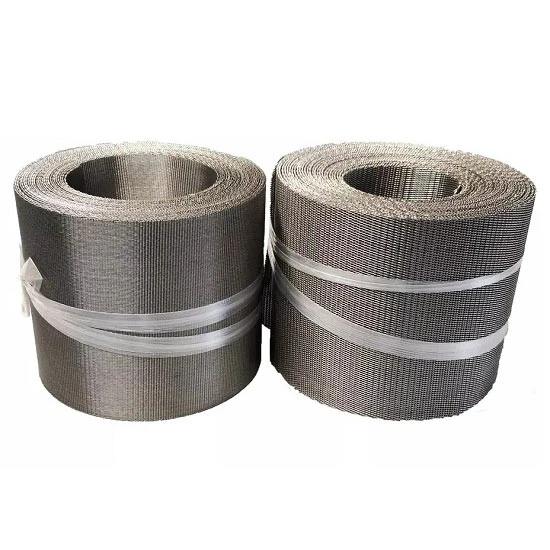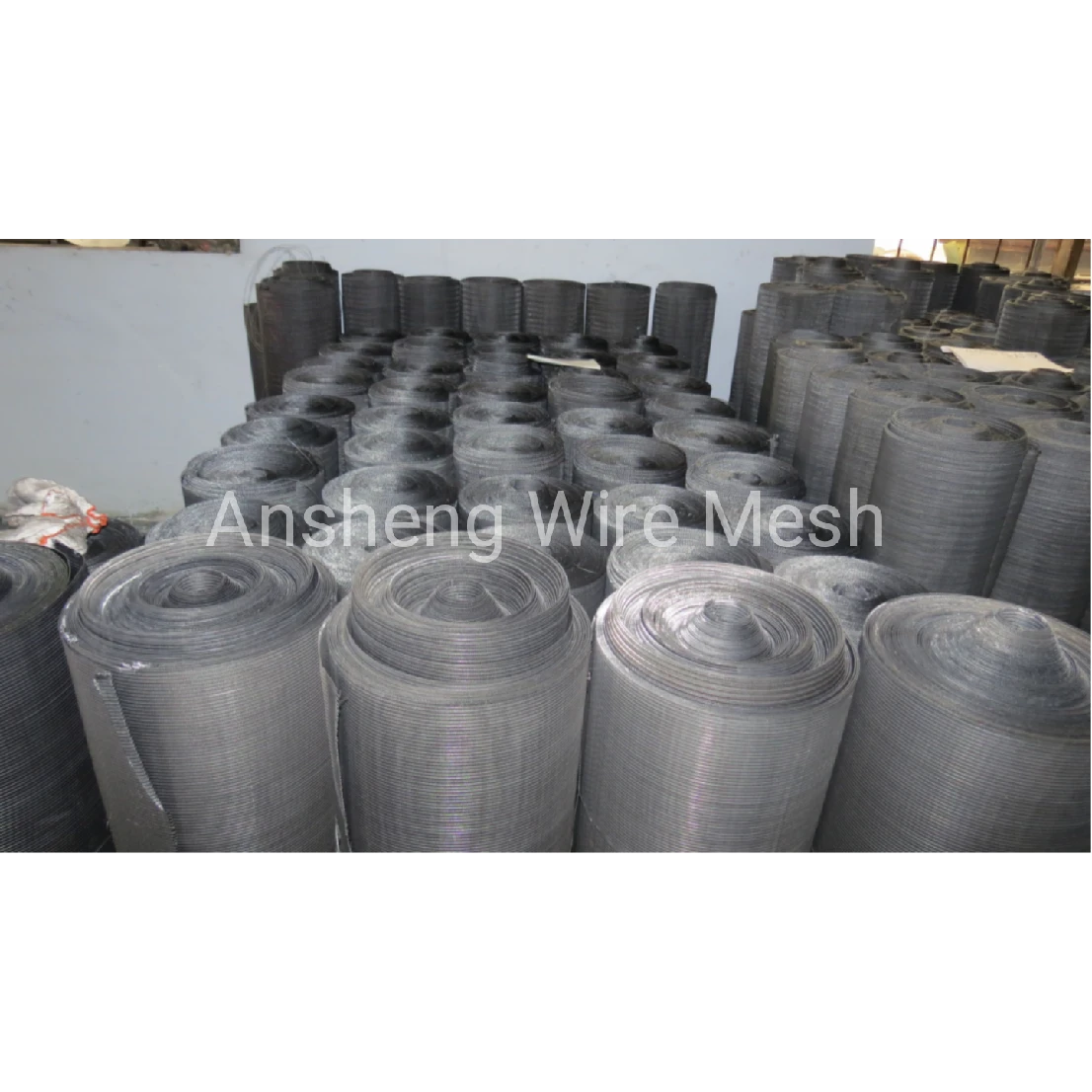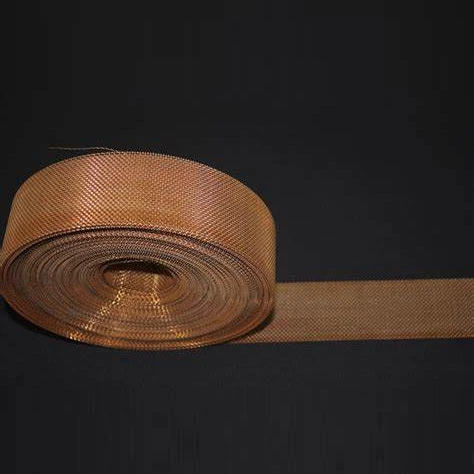Pleated Filter Element: The Workhorse Behind Clean, Reliable Flow
If you spend your days chasing differential pressure curves (guilty), you know the real hero is the pleated filter element. In plants from polymers to beer, it quietly decides uptime, product quality, and maintenance spend. And yes, small design tweaks matter more than most spec sheets admit.
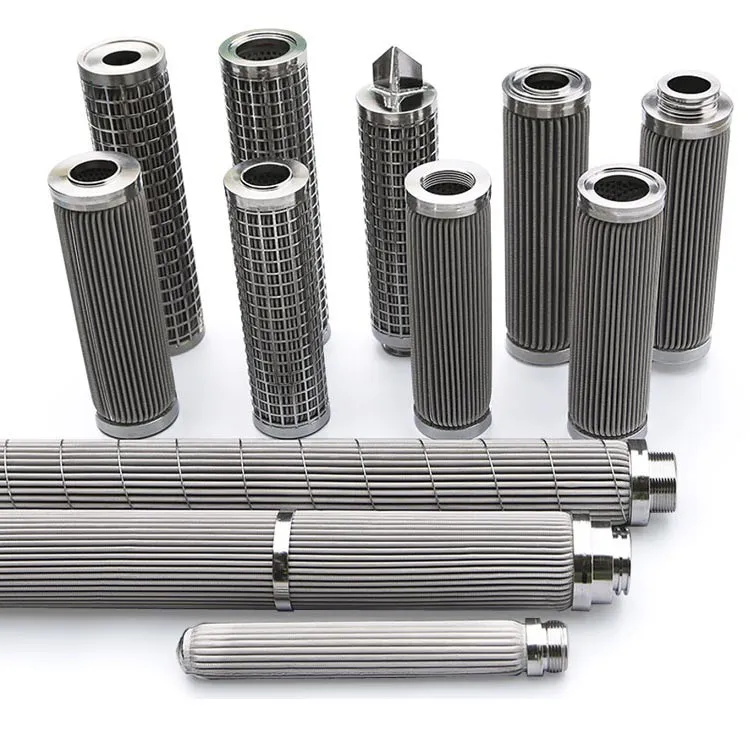
What’s trending (and why it matters)
Three patterns keep popping up: stainless-steel media replacing polymer cartridges (for cleanability and heat), aggressive sustainability goals (fewer changeouts, lower waste), and smarter testing—plants now ask for real beta performance, not just a micron tag. Honestly, the shops that can prove data win the PO.
Core specifications at a glance
| Filtration media | 316L stainless steel woven/sintered mesh; multi-layer diffusion-bonded |
| Micron ratings | 1–200 µm (absolute options down to ≈ 3 µm per ISO 16889 beta ≥ 200) |
| Sizes | OD ≈ 60–120 mm; length 5–40 in; custom diameters/lengths available |
| Ends & seals | DOE, 222/226, NPT; gaskets in FKM, EPDM, PTFE (food-grade on request) |
| Temp/pressure | Up to 300°C; collapse resistance per ISO 2941 (tested to ≈ 10–25 bar, size-dependent) |
| Efficiency | Multi-pass ISO 16889, Beta 200–1000 at rated µm; bubble-point ASTM F316 |
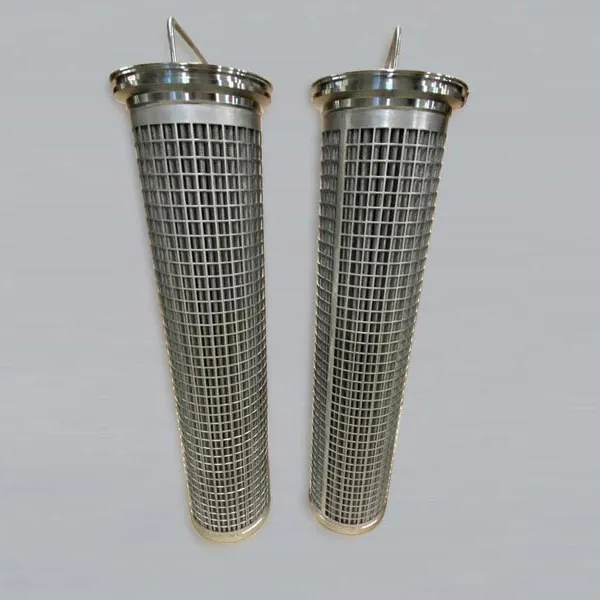
How it’s made (short version)
Materials: 316L wire mesh (or 304/904L/Inconel upon request), support mesh, perforated core, end caps. Methods: precision pleating, TIG/laser seam welding (adhesive-free flow path), diffusion bonding for multi-layer stacks, and passivation. Testing: bubble-point and integrity (ASTM F316), collapse/burst (ISO 2941), material traceability EN 10204 3.1, and multi-pass particle efficiency (ISO 16889). Service life? Around 6–36 months or 300–1500 clean cycles—real-world use may vary with ΔP, solids loading, and cleaning chemistry.
Where it’s used
Refining and petrochem, hydraulic lube skids, solvent and amine loops, polymer melt, compressed air/gas, water treatment (CIP-friendly), food & beverage, and pharma utilities (with proper documentation). Many customers say the switch to a pleated filter element pays back in maintenance hours alone.
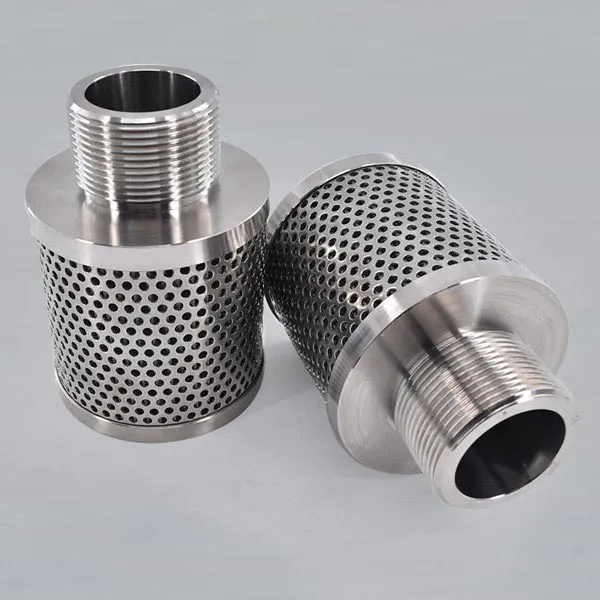
Advantages that show up on your ledger
- Higher surface area per volume → lower initial ΔP and longer dirt-holding.
- Metal media tolerates heat, solvents, steaming, and backflush.
- Stable pore geometry; less fiber shedding vs polymer depth media.
- Reusability cuts waste—surprisingly big for ESG reporting.
Real-world snapshots
Case A (refinery lube system): swapping to a pleated filter element with Beta 1000 at 10 µm extended changeout from 2 to 10 weeks, trimming unplanned downtime by ~70% and media spend by ~40% year-over-year.
Case B (brewery): 10 µm sintered mesh element held clarity while surviving hot caustic CIP; operators liked the sturdier core—“no more crushed cartridges,” as one tech put it.
Vendor comparison (field-notes style)
| Vendor | Strengths | Testing & Docs | Lead Time |
|---|---|---|---|
| Ansheng Filter Screen (No.346 Xinying East St., Anping, Hebei, China) | Tight pleat geometry, robust welds, wide customization, fair MOQ | ISO 9001, EN 10204 3.1, ISO 16889/ISO 2941 reports, food-contact on request | ≈ 10–20 days build-to-order |
| Generic Import | Low unit cost | Limited traceability; mixed test data | Varies (stock-dependent) |
| Local Fabricator | Fast prototyping; easy site visits | Good weld QA; sometimes lacks multi-pass data | 1–2 weeks for repeats |
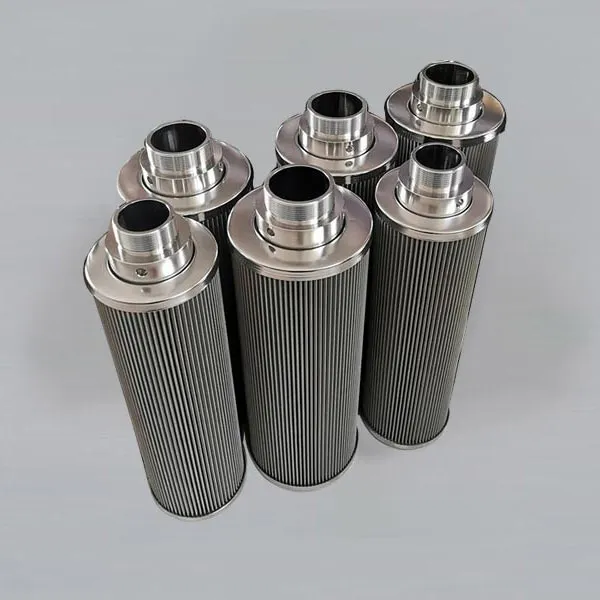
Customization checklist
Ask for: micron rating and Beta target; alloy (316L default); pleat count/height; core/perf thickness; end style; gasket material; surface finish; cleaning protocol (ultrasonic, backflush, steam); and certification pack (ISO 9001, 3.1 certs, FDA 21 CFR compliant elastomers for food contact). A well-specified pleated filter element is practically a different product.
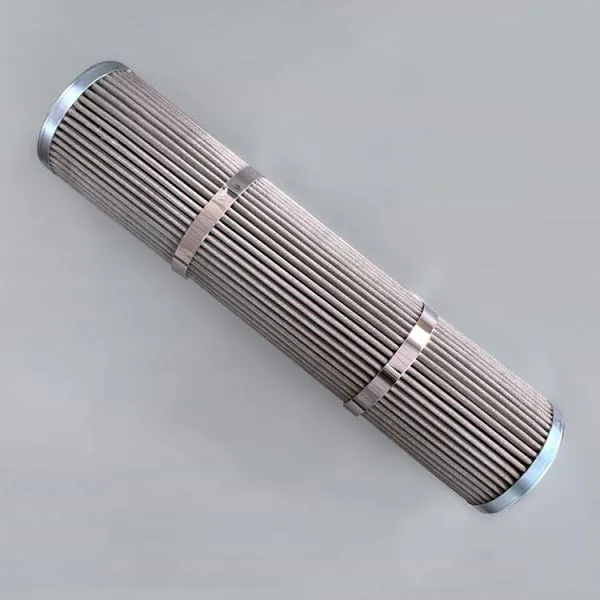
Test data you should see
- Multi-pass ISO 16889 curve: Beta vs particle size, with flow and viscosity notes.
- Bubble-point ASTM F316: media integrity and pore-size correlation.
- Collapse/burst ISO 2941/2943: safety margin vs system spikes.
- Material traceability EN 10204 3.1; optional FDA/EC food-contact for elastomers.
To be honest, the difference between “good” and “great” often lives in those PDFs.
Citations
- ISO 16889: Hydraulic fluid power—Filters—Multi-pass method for evaluating filtration performance.
- ASTM F316: Standard Test Methods for Pore Size Characteristics of Membrane Filters by Bubble Point.
- ISO 2941/2943: Hydraulic filters—Verification of collapse/burst resistance and hydrostatic pressure fatigue.
- FDA 21 CFR (e.g., 177): Materials intended for use in contact with food.
- ISO 9001: Quality management systems—Requirements.
Post time: Oct . 02, 2025 19:15
